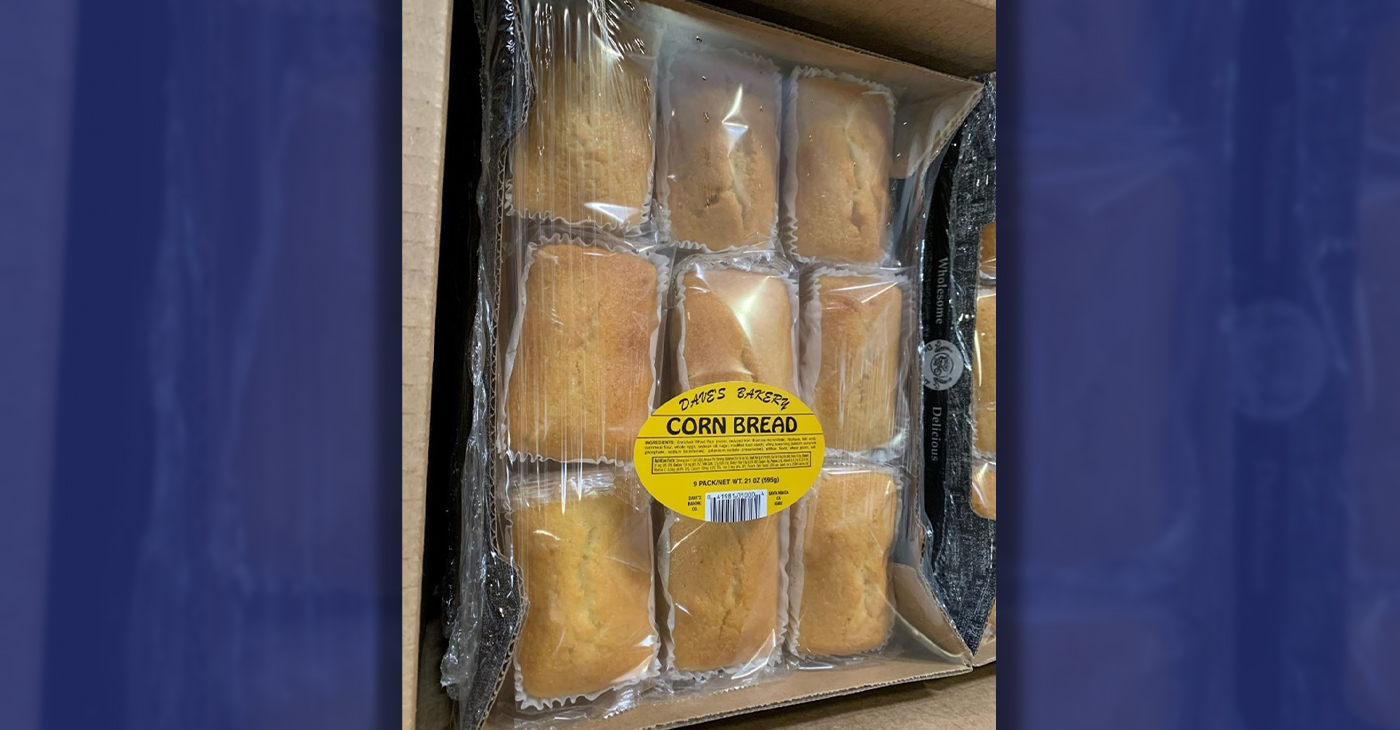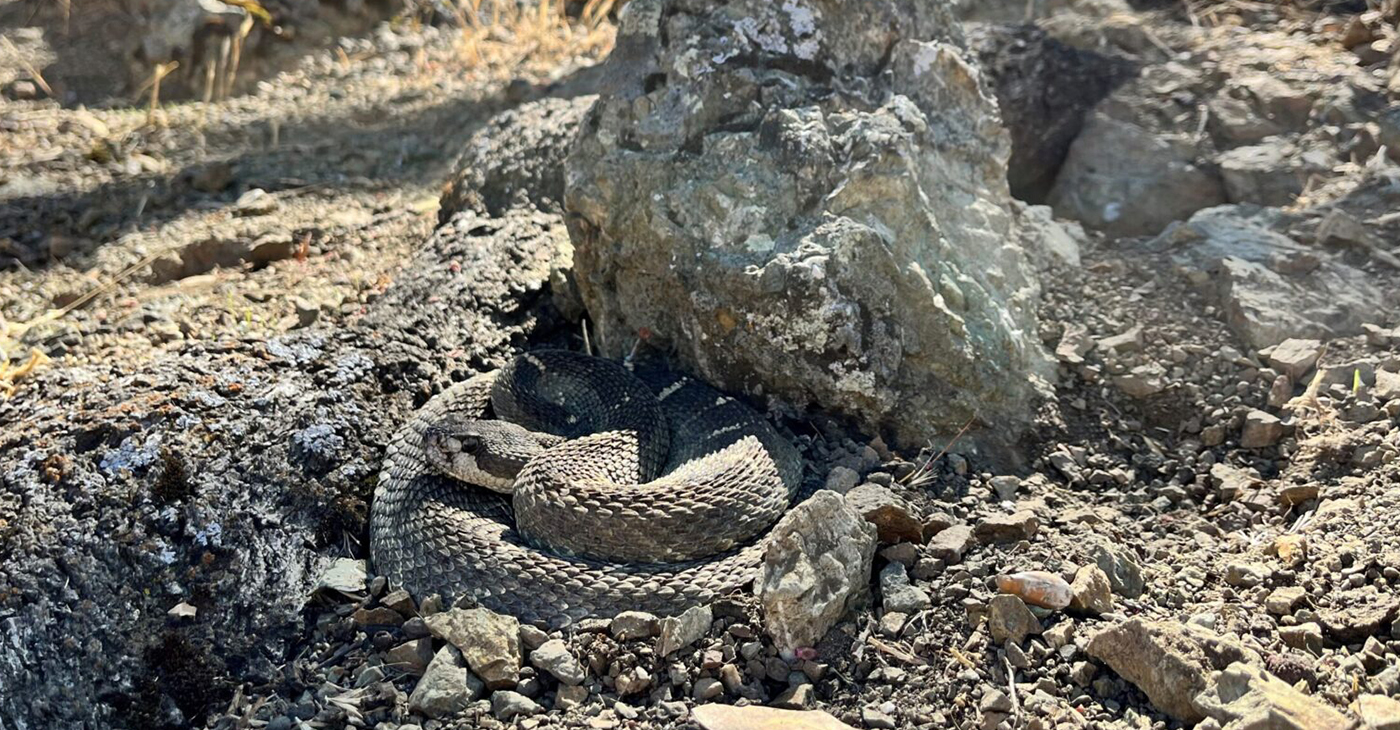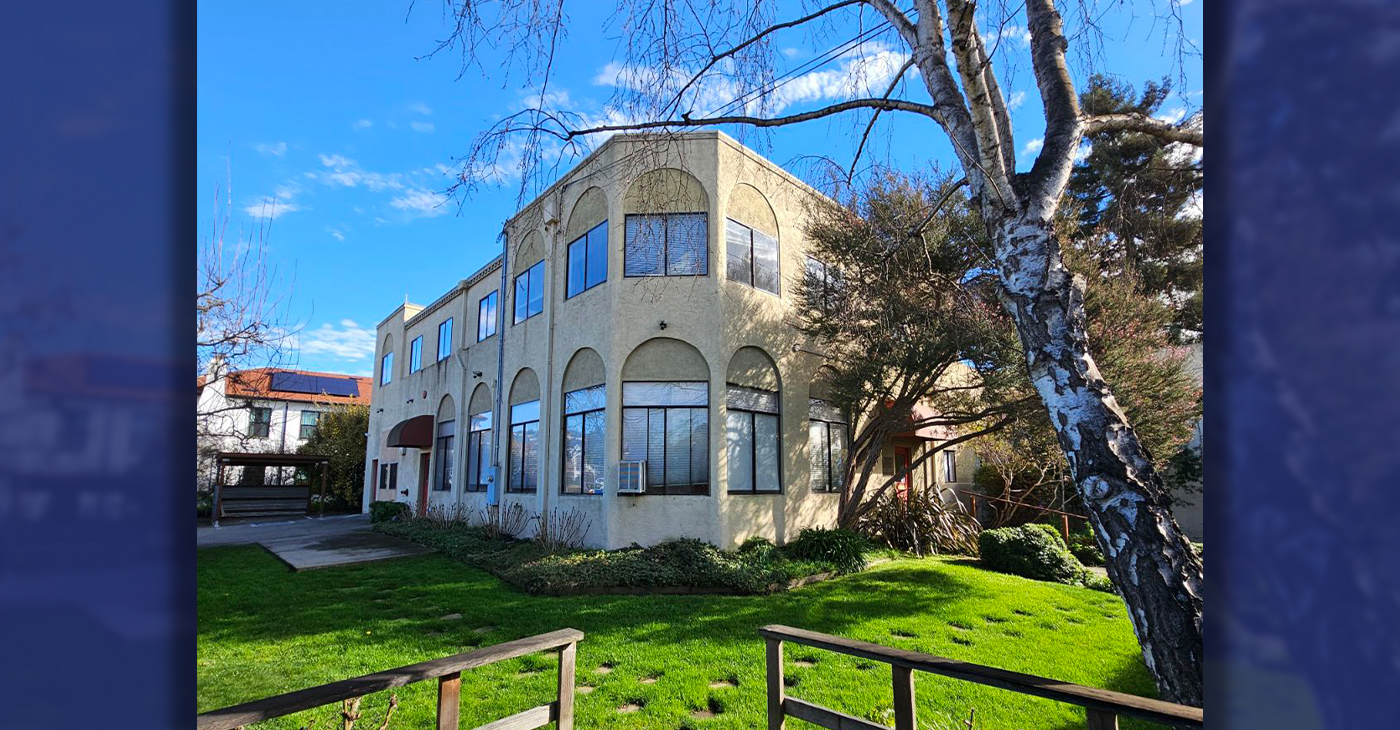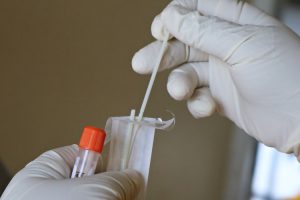Health
Blue Bell: Listeria Source Likely ID’d at Oklahoma Plant

In this April 10, 2015, file photo, Blue Bell ice cream rests on a grocery store shelf in Lawrence, Kan. Texas-based Blue Bell Creameries issued a voluntary recall Monday, April 20, 2015, for all of its products on the market after two samples of chocolate chip cookie dough ice cream tested positive for listeriosis. (AP Photo/Orlin Wagner, File)
JUAN A. LOZANO, Associated Press
HOUSTON (AP) — Blue Bell Creameries believes the listeria found at its Oklahoma facility is likely linked to a non-sanitary room, though the company has not been able to pinpoint a single source for the contamination at its Texas plant, according to a report released Wednesday.
The Texas-company submitted information about how it plans to correct the problems to the U.S. Food and Drug Administration, which inspected Blue Bell plants after the company’s ice cream was linked to listeria illnesses in four states and three deaths in Kansas.
The documents, released by the FDA in response to an open records request by The Associated Press, also confirm that surface areas tested at an Alabama plant turned up the most serious form of listeria. No illnesses have been linked to products made at that facility.
Blue Bell stopped production at its plant in Brenham and at facilities in Broken Arrow, Oklahoma and Alabama after issuing a national recall in April. The contaminated products have been found at the company’s Texas and Oklahoma plants.
In a 35-page response to FDA inspections done earlier this year, Blue Bell said ice cream products at its facility in Oklahoma might have been contaminated with listeria by equipment and sealed-ingredient buckets stored in a non-sanitary room. Blue Bell said its investigation found that “atomized particles” that could have carried listeria were released from a nearby drain in the room.
“If the equipment and the outside of these buckets were not cleaned successfully before being put back into the production area, they could have spread listeria into product through employee and equipment contact,” the company wrote in its response.
Equipment is no longer being stored in this room, the company said.
At its plant in Brenham, Texas, Blue Bell said its initial efforts focused on breaking down equipment and lines but that “it eventually became evident that we would not be able to identify a single source for our entire Brenham facility, so we adopted a broad-focused remediation plan.”
Blue Bell said that at both its Brenham and Oklahoma plants, it’s cleaning and sanitizing all parts of its production areas and breaking down equipment for comprehensive cleaning and sanitization.
A private laboratory says it found evidence of listeria in a carton of ice cream manufactured at the Alabama plant. Blue Bell said it is reviewing the test results.
Blue Bell said it will implement — at all of its plants — improved testing procedures for equipment and surface areas, as well as for ice cream products. The company will also reconfigure lines and equipment, and add troughs and splash guards to ensure that condensation does not drip into ice cream products, a problem the FDA had highlighted in its inspections.
Blue Bell will also institute a company-wide clothing policy, with workers being provided coverings they must wear in production areas.
“We hope our efforts demonstrate the seriousness with which we are taking this situation, as well as our commitment to making sure we get this right,” Blue Bell CEO and President Paul Kruse said in a statement.
“Once Blue Bell, the FDA and the applicable state regulators agree we are ready to reintroduce products into commerce, we plan to resume production with a phased-in selection of flavors and sizes, expanding only after our revised programs have demonstrated they are capable of ensuring product safety,” Kruse said.
No date has been given for when Blue Bell products could be back in stores. The recall forced Blue Bell to lay off more than a third of its workforce.
Also Wednesday, the Centers for Disease Control and Prevention said its investigation into the outbreak was over. But it said people could still get sick because individuals could eat contaminated products that they might have in their freezers. The CDC says people should not eat any recalled Blue Bell brand products and institutions and retailers should not serve or sell them.
Listeria illness generally affects only the elderly, people with compromised immune systems, pregnant women and newborns. The three people who died in Kansas were already hospitalized for other illnesses when they consumed the tainted ice cream.
___
Follow Juan A. Lozano on Twitter at www.twitter.com/juanlozano70
Copyright 2015 The Associated Press. All rights reserved. This material may not be published, broadcast, rewritten or redistributed.
Community
Calif. Dept. of Public Health: Got Milk Allergies? Don’t Eat Dave’s Bakery Cornbread
The California Department of Public Health (CDPH) issued a warning on Jan. 26, instructing consumers with milk allergies or “severe sensitivity to milk” in the state to not eat Dave’s Bakery Corn Bread due to “risk of illness.” The CDPH warns that consumption of the corn bread manufactured by a Gardena-based company — with expiration dates up to June 18, 2024 — may lead to “life threatening” reactions.

By California Black Media
The California Department of Public Health (CDPH) issued a warning on Jan. 26, instructing consumers with milk allergies or “severe sensitivity to milk” in the state to not eat Dave’s Bakery Corn Bread due to “risk of illness.”
The CDPH warns that consumption of the corn bread manufactured by a Gardena-based company — with expiration dates up to June 18, 2024 — may lead to “life threatening” reactions.
“This warning applies only to the Corn Bread produced by Bake R Us, DBA Dave’s Baking Company and distributed to schools, retail facilities and in vending machines primarily in southern California,” the DCPH statement reads.
“This product should not be confused with other similarly named companies with national distribution,” it continues.
According to the CDPH, although the corn bread product contains whey, which is a milk allergen, there is no allergy warning label on the packaging, though it is required by state law.
So far, authorities say, no illnesses have been reported in the state, but if anyone finds the products on sale anywhere in the state, they should call the CDPH complaint hotline at (800) 495-3232 or file a report online at CDPH.ca.gov
The CDPH is also recommending that people who have eaten the product and are experiencing any reaction or ill effects should consult their health care provider.
Bay Area
East Bay Regional Park District Issues Rattlesnake Advisory
The East Bay Regional Park District released an advisory today on rattlesnakes, which emerge from winter hibernation in early spring and become more active. Warm weather can bring more potential for rattlesnake encounters with humans and dogs, particularly along trails and roads.

The Richmond Standard
The East Bay Regional Park District released an advisory today on rattlesnakes, which emerge from winter hibernation in early spring and become more active.
Warm weather can bring more potential for rattlesnake encounters with humans and dogs, particularly along trails and roads.
Visitors are encouraged to avoid hiking alone in case of an emergency, to scan the ground ahead as they walk, jog or ride, stay on trails avoiding tall grass, and to look carefully around and under logs and rocks before sitting down. Keep your dog on your leash to be extra safe, park officials said.
If you encounter a rattlesnake, leave it alone – it is unlawful to capture or harm one. Move carefully and slowly away or around it and give it plenty of space, park officials said.
Those who are bitten by a rattlesnake are instructed to stay calm by lying down with the affected limb lower than the heart, then having someone call 911.
Getting medical attention is critical.
Those bitten should not use tourniquets, “sucking,” or snake bite kits. If you are by yourself, walk calmly to the nearest source of help to dial 911, do not run.
If bitten by any other type of snake, wash the wound with soap and water or an antiseptic and seek medical attention.
Not sure what bit you? Check the bite for two puncture marks (in rare cases one) associated with intense, burning pain, which is typical of a rattlesnake bite. Other snakebites can leave marks without associated burning pain.
The Northern Pacific rattlesnake is the species found in East Bay Regional Parks. Snakes are important to the natural environment, helping to control rodents and other reptile populations. But enjoy them from afar.
For more information, download the Park District’s Common Snakes brochure or watch our Gopher Snake or Rattlesnake video to learn how to tell the difference between rattlesnakes and gopher snakes. Additional information is available at ebparks.org/safety/wildlife-encounters.
Alameda County
A Safe Place, Bay Area Domestic Violence Community Organization, Opens New Service Center in Oakland
Oakland-Bay Area non-profit, A Safe Place, announces the grand opening of its newly purchased building in Oakland that will be a service center for families that have suffered from domestic violence. The new, two-story building has over six new service rooms for counseling, mental health support groups, legal services, children’s treatment, safe space for community engagement, and partnership activities.

By Courtney Slocum Riley
Special to The Post
Oakland-Bay Area non-profit, A Safe Place, announces the grand opening of its newly purchased building in Oakland that will be a service center for families that have suffered from domestic violence.
The new, two-story building has over six new service rooms for counseling, mental health support groups, legal services, children’s treatment, safe space for community engagement, and partnership activities.
Domestic violence occurrences and offenses account for a considerable amount of all violent crimes in Alameda County. A Safe Place is attempting to provide a safe place for families to heal. A Safe Place is the only comprehensive domestic violence assistance program including a safehouse, in Oakland.
The grand opening celebration will also serve as a fundraiser to build out healing, therapeutic spaces for children and adult victims and survivors and survivors of domestic violence (male and female).
The new service center will expand the work of the organization, founded in 1976 when a group of women working in San Francisco came together to address the urgent need for a shelter in the East Bay. A year later, they founded A Safe Place (ASP) in Oakland. Run solely by volunteers, they set up a crisis line to offer crisis counseling and information to battered women and their children.
The organization serves over 500 adults and children annually through a host of services including crisis counseling via 24-hour crisis line, emergency motel and safehouse sheltering, mental health services (counseling and support groups).
Under the leadership of Executive Director, Carolyn Russell, the organization has grown from a single program into the comprehensive domestic violence and assistance program. ASP strives to meet the growing and diverse needs of our growing community.
The organization hopes to complete all the upgrades and therapeutic room improvements by August 2024. The public is invited to donate to the effort by using the website at www.asafeplace.org/donate. The organization also accepts in-kind gifts as well as items from the organization’s Amazon Wishlist.
-

 City Government2 weeks ago
City Government2 weeks agoCourt Throws Out Law That Allowed Californians to Build Duplexes, Triplexes and RDUs on Their Properties
-

 Community4 weeks ago
Community4 weeks agoFinancial Assistance Bill for Descendants of Enslaved Persons to Help Them Purchase, Own, or Maintain a Home
-

 Activism3 weeks ago
Activism3 weeks agoOakland Post: Week of April 24 – 30, 2024
-

 Business4 weeks ago
Business4 weeks agoV.P. Kamala Harris: Americans With Criminal Records Will Soon Be Eligible for SBA Loans
-

 Community4 weeks ago
Community4 weeks agoOakland WNBA Player to be Inducted Into Hall of Fame
-

 Community4 weeks ago
Community4 weeks agoAG Bonta Says Oakland School Leaders Should Comply with State Laws to Avoid ‘Disparate Harm’ When Closing or Merging Schools
-

 Community3 weeks ago
Community3 weeks agoRichmond Nonprofit Helps Ex-Felons Get Back on Their Feet
-

 Community3 weeks ago
Community3 weeks agoRPAL to Rename Technology Center for Retired Police Captain Arthur Lee Johnson











































